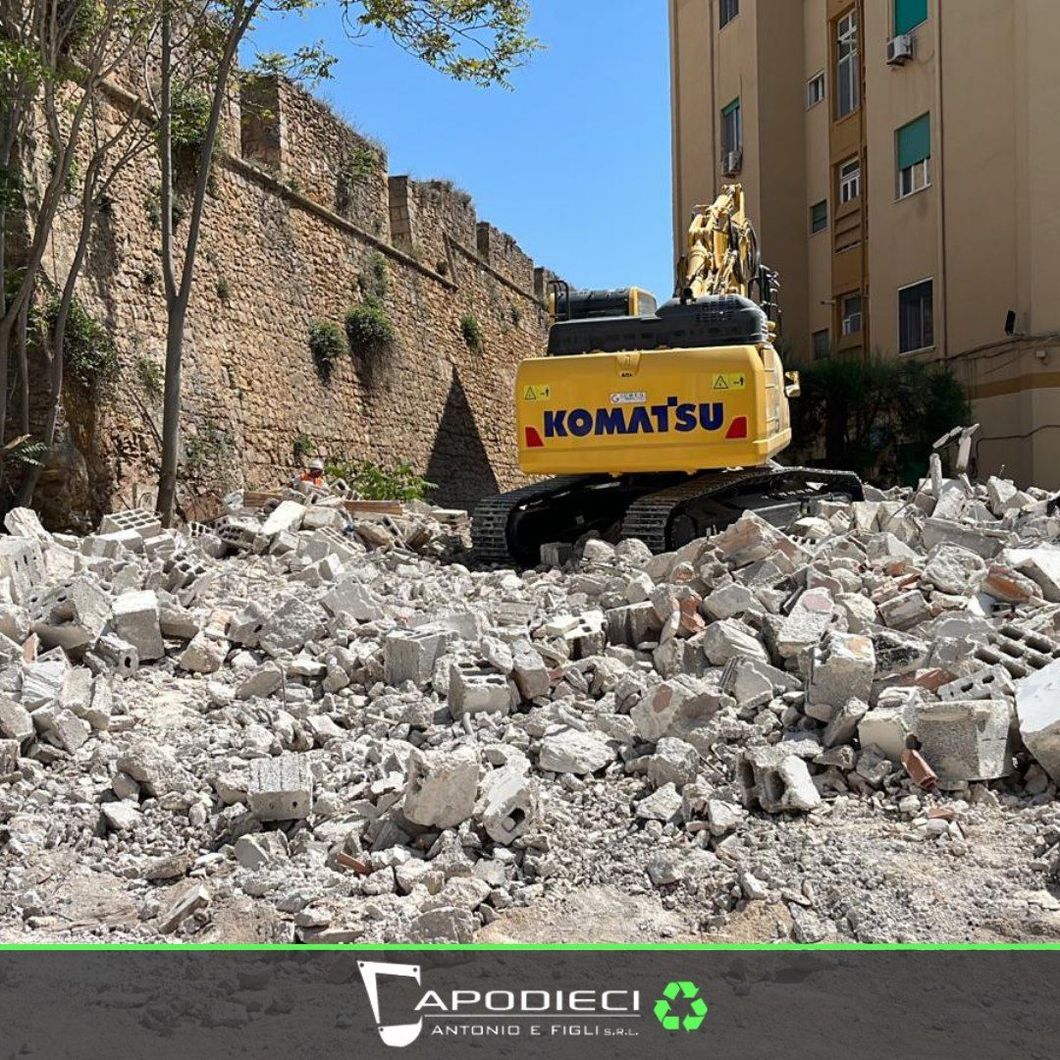Material Recycling in Brindisi
The recycling of building materials plays a crucial role not only in environmental protection but also in improving economic efficiency in construction. Reusing materials from demolitions or renovations gives new life to resources that would otherwise be improperly disposed of, causing harm to the environment and the surrounding urban landscape.
If not properly managed, construction waste can end up in unsuitable locations, leading to urban decay, soil and water pollution, and complex waste disposal issues.
From Demolition to Reuse for Sustainable Construction
Building material recycling falls into three categories: primary, secondary, and tertiary, depending on the treatment process and final product. In the first case, materials from demolitions or constructions are reused directly on-site. In secondary recycling, the removed inert material undergoes mechanical treatment. The tertiary process involves chemical treatment, transforming waste into a material nearly identical to the original.
From Recovery to Reuse
This recycling process offers significant economic benefits. Not only does it reduce energy costs, but these recycled materials are also low-cost while maintaining the same quality as newly sourced ones. Additionally, it helps prevent waste accumulation in public spaces, avoiding urban clutter and environmental hazards.








